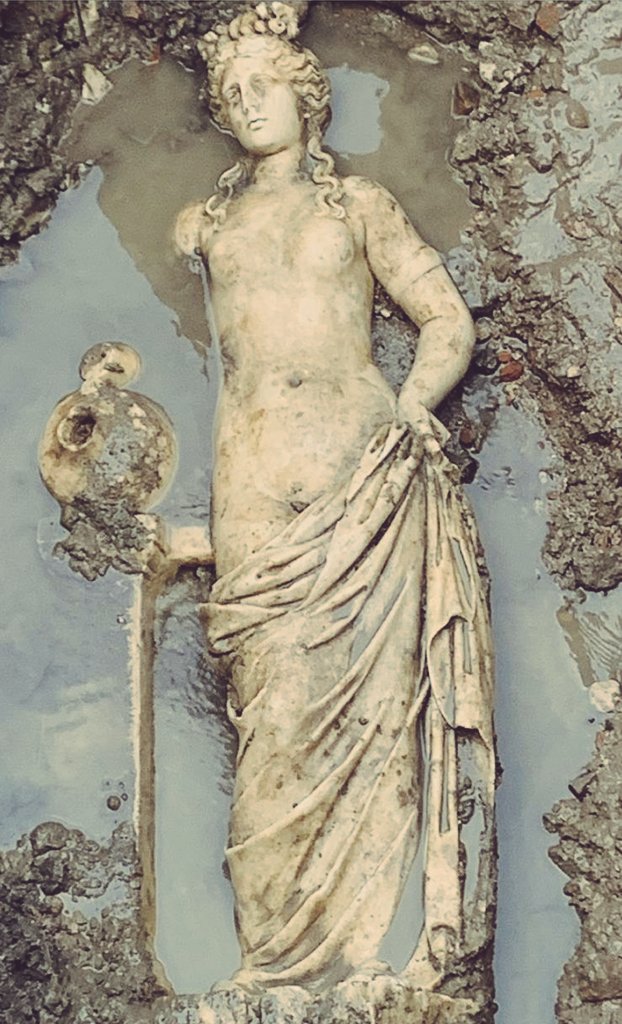
It turned out that the water nymph statue unearthed in Bartın was Aphrodite
During excavations in the ancient city of Amastris in Bartın, it was determined that the statue of the water nymph found three meters below the surface is actually a statue of Aphrodite.
While examinations were ongoing to determine the characteristics of the statue with both Aphrodite and water nymph features, the statue was exhibited in Amasra Museum in a ceremony.
The statue, measuring 1.53 meters in height, was unearthed at a depth of approximately 3.70 meters while conducting drilling to identify the ground of a Gymnasium structure in the ancient city. It is believed to date back to the 2nd century AD.

The 1,800-year-old statue underwent a detailed examination by academics and experts from Bartın University and the Ministry of Culture and Tourism. Experts closely examined about 20 examples of Aphrodite statues found in Turkey and determined that the statue exhibited features of both a water nymph and Aphrodite. Subsequent examinations revealed that the statue was indeed Aphrodite.
Speaking about the statue, Güray Can Aytekin, Deputy Director of Amasra Museum, said, ‘Our goal was to reach the foundation of the Gymnasium structure, and we found the statue approximately 4 meters below the ground. We then removed it as a whole. We initially presented it as a water nymph because the area we found it in was thought to be a pool. However, further examinations revealed that it resembled Aphrodite more.’

Aytekin described the features of the statue, saying, “These S-curve works were made in the classical era, so we see examples of this statue in the 4th century BC. The posture of this statue is also in the S-shape. We especially see this form in the School of Praxiteles. We know that this form evolved further in the late Hellenistic period and that copies were made during the Roman period. We estimate that our statue dates back to the Roman period, specifically the period between AD 180 and 200, the last quarter of the 2nd century.”
You may also like
- A 1700-year-old statue of Pan unearthed during the excavations at Polyeuktos in İstanbul
- The granary was found in the ancient city of Sebaste, founded by the first Roman emperor Augustus
- Donalar Kale Kapı Rock Tomb or Donalar Rock Tomb
- Theater emerges as works continue in ancient city of Perinthos
- Urartian King Argishti’s bronze shield revealed the name of an unknown country
- The religious center of Lycia, the ancient city of Letoon
- Who were the Luwians?
- A new study brings a fresh perspective on the Anatolian origin of the Indo-European languages
- Perhaps the oldest thermal treatment center in the world, which has been in continuous use for 2000 years -Basilica Therma Roman Bath or King’s Daughter-
- The largest synagogue of the ancient world, located in the ancient city of Sardis, is being restored











Leave a Reply